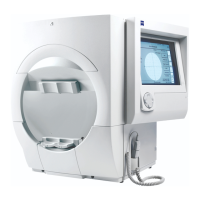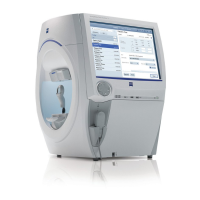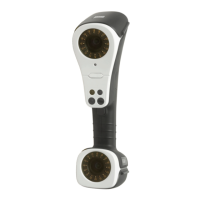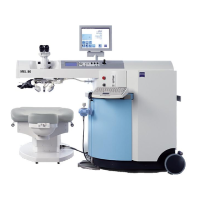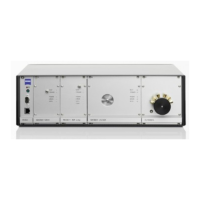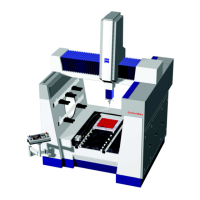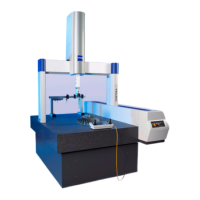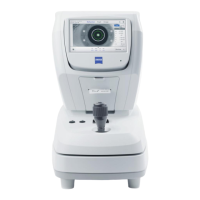Humphrey Field Analyzer II-
i
series User Manual 2660021145640 A
Custom Testing
12-1
(12) Custom Testing
Creating Custom Tests 12-1
Deleting Custom Tests 12-13
Performing Custom Tests 12-16
Printout Formats 12-17
The Custom Testing feature (not available on the Model 720
i
) of the Humphrey Field Analyzer II-
i
gives you the flexibility to focus on any aspect of the visual field. By designing either a threshold or
screening test pattern, you may create a unique static visual field test to apply to any diagnostic
situation.
This chapter discusses how you can create your own Custom
tests. Once
created, you may save these tests to the hard disk or to a USB storage device.
Custom tests can be used as desired, and the results may be printed out and
saved. You also can create and store kinetic testing patterns as Custom
tests. These Kinetic tests are stored on the Kinetic test menu. Refer to
Chapter (13), "Kinetic Testing," for details.
Note: SITA Standard, SITA Fast, and SITA-SWAP testing
str
a
tegies are not available for use with Custom tests.
Creating Custom Tests
This section discusses how to create your own Custom static tests.
You can create these tests as either Screening or Threshold tests.
Custom tests are always created for the right eye only. When the
left eye is tested, the HFA II-
i
will flip the test pattern to
accommodate for the mirrored physiological differences. Once
you have created your custom test, you may begin testing with
either the right eye or the left eye. Do not attempt to design a
Custom test for the left eye.
You must create your own custom tests. Once cr
eated, they
may be saved and then accessed for testing by selecting the
SHOW TEST LIBRARY button from the Main Menu screen.
You can store up to ten (10) Custom tests in the Custom
Tests screen at any one time. However, you must bear in
mind that none of these custom tests can employ either the SITA
Standard or SITA Fast testing strategies. The SITA testing strategies are based on extensive
collections of normative clinical data, gained only from specific tests that have been conducted with
a large number of patients spanning a wide range of ages.
C
a
r
l
Z
e
i
s
s
M
e
d
i
t
e
c
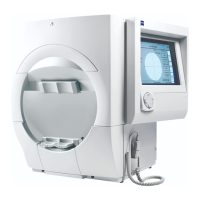
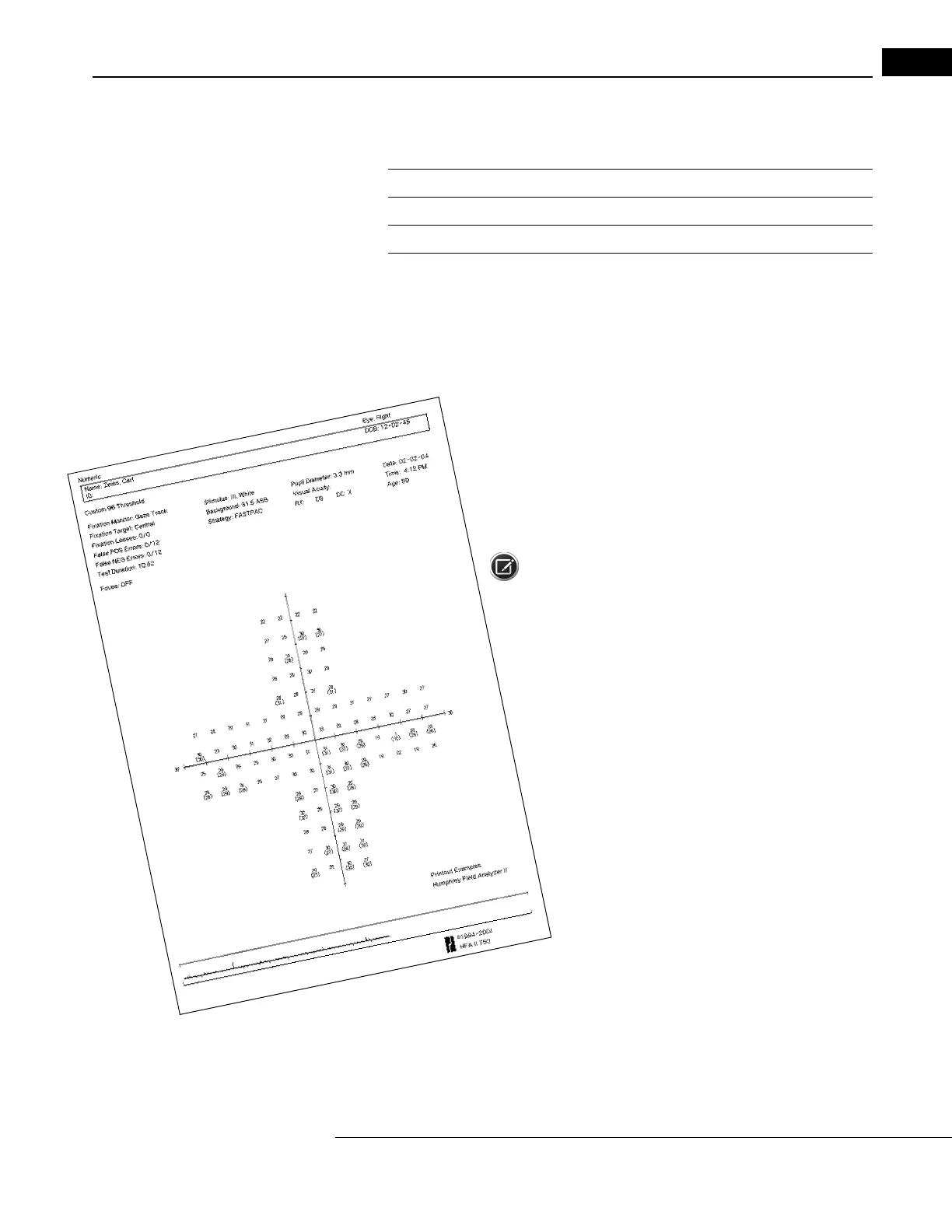